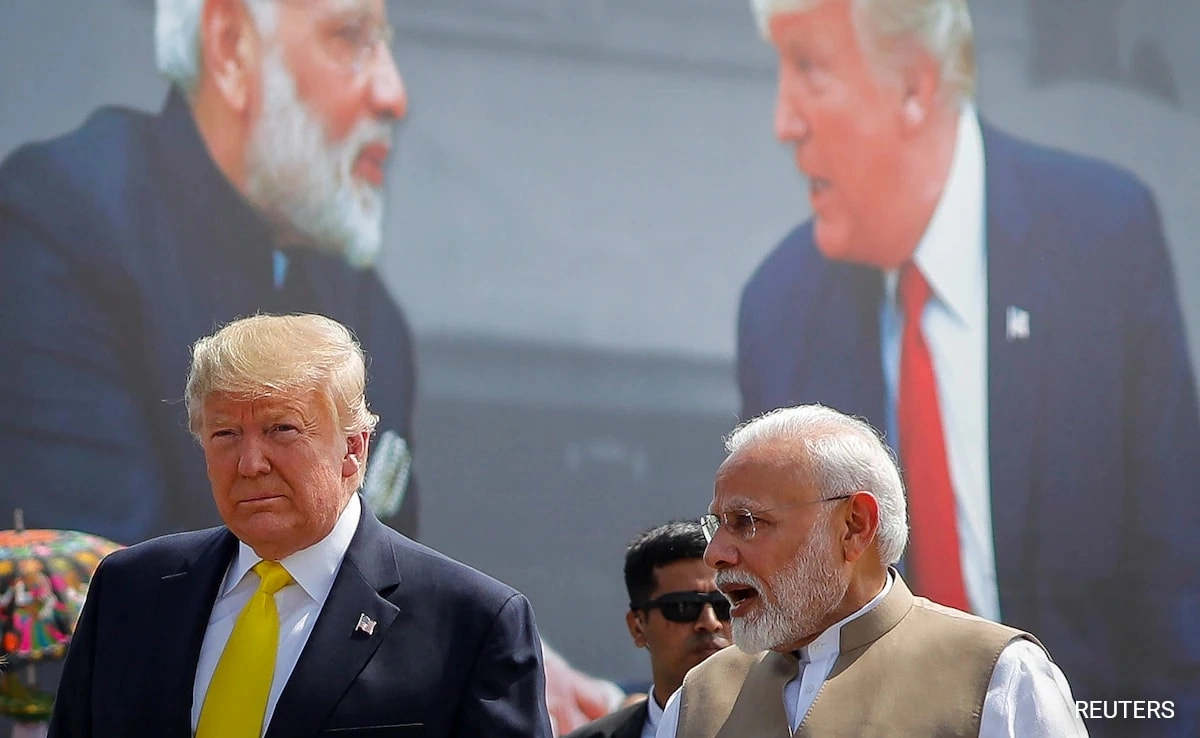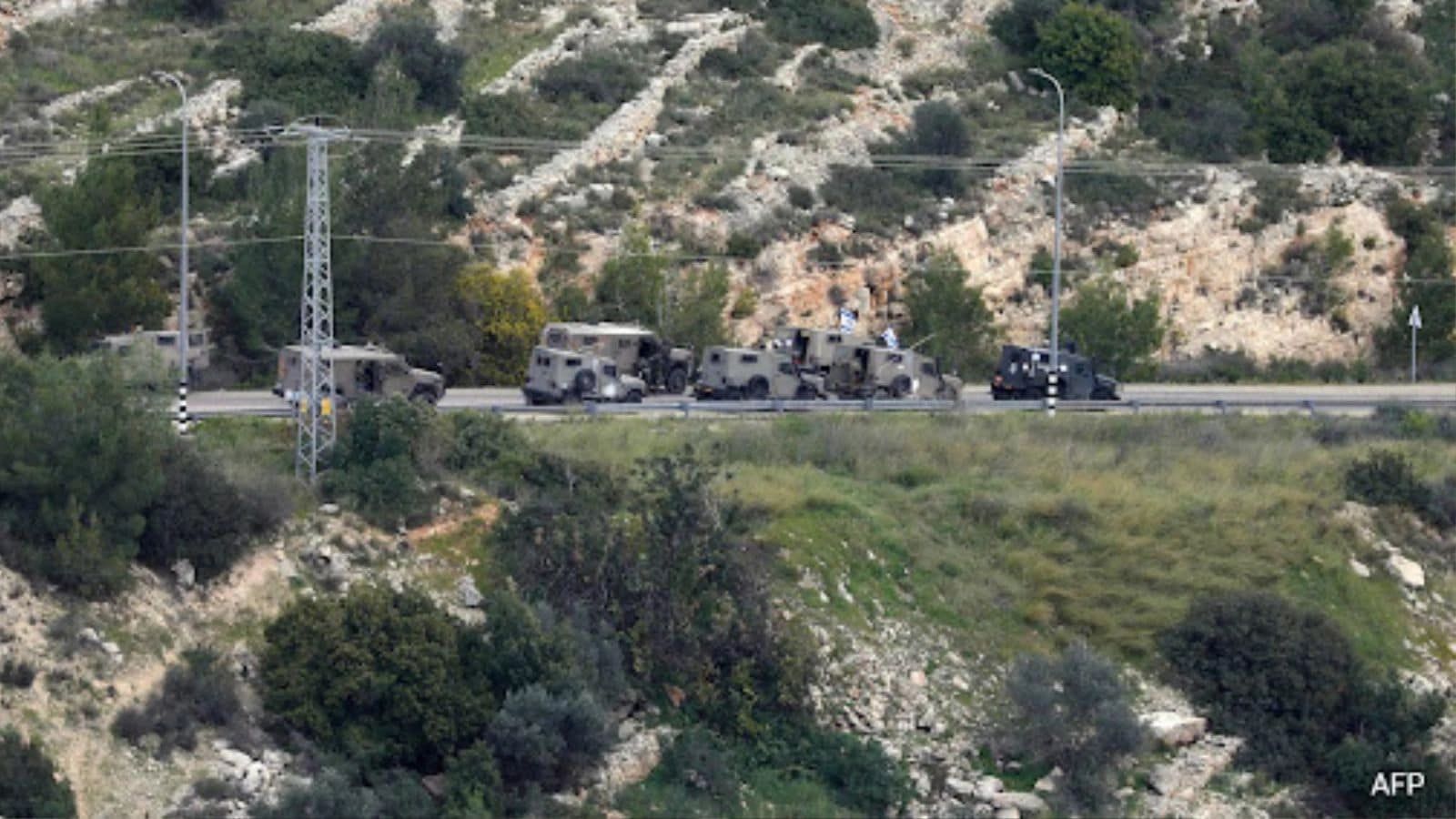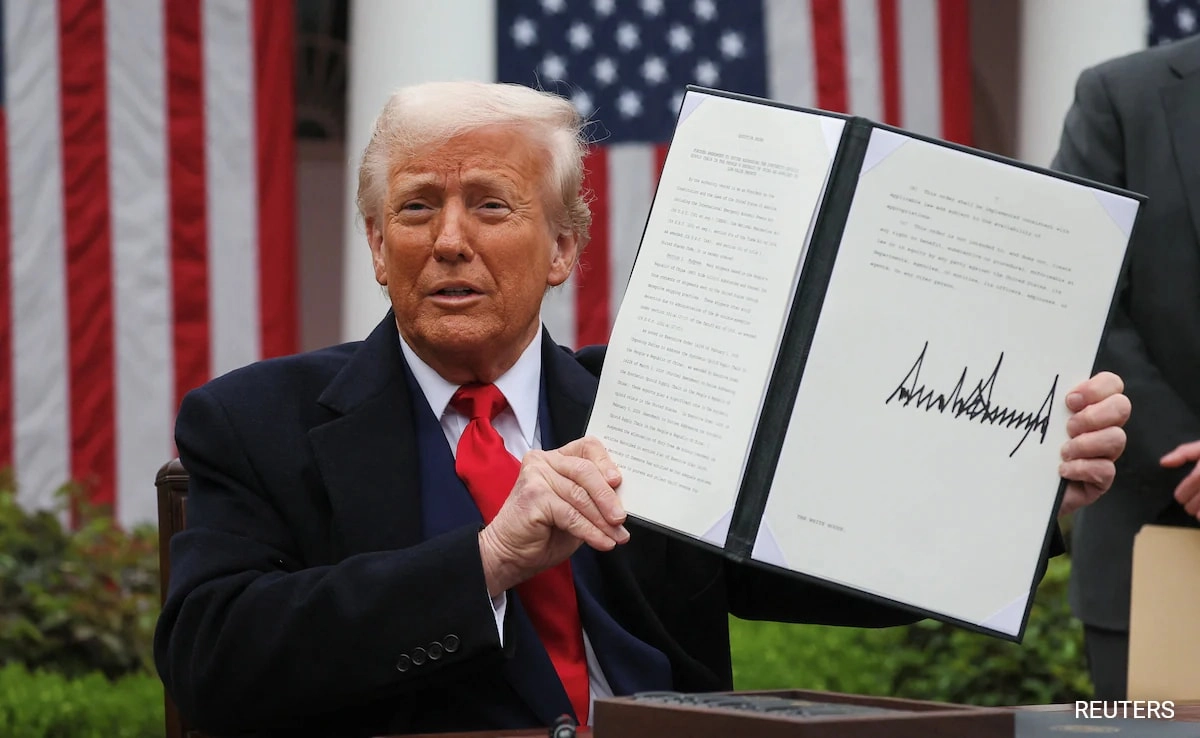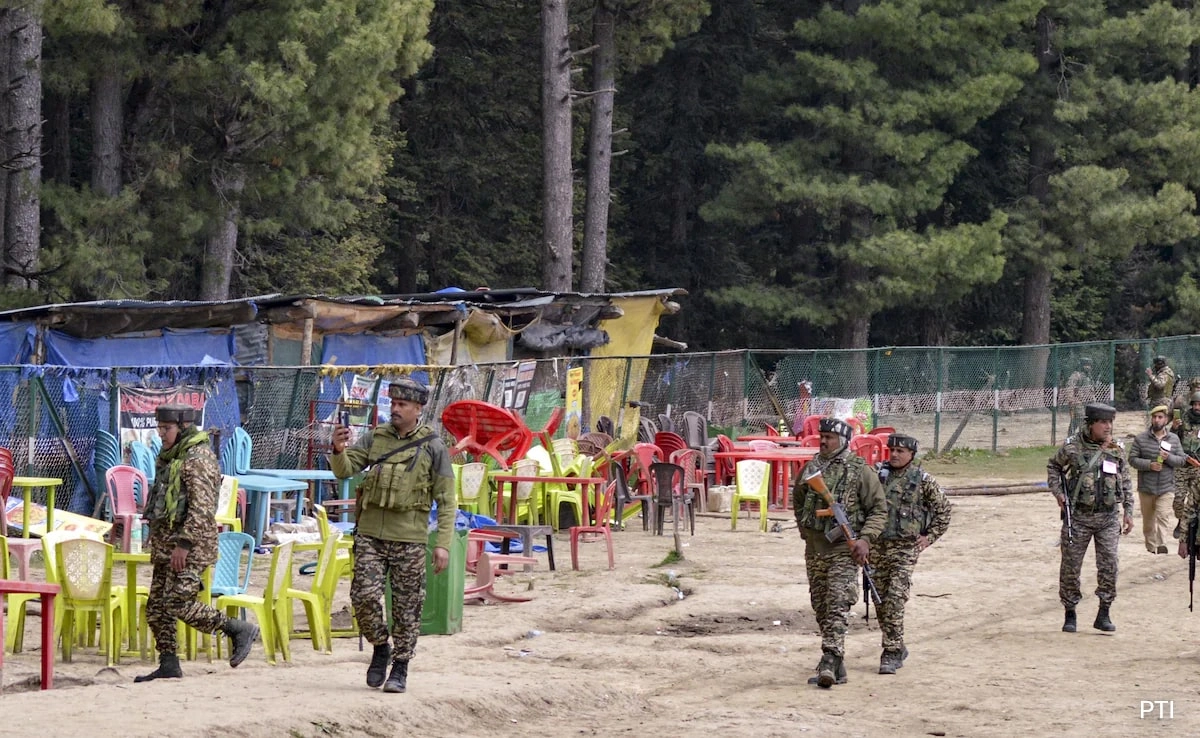The relationship between the United States and India has long been characterized by a complex interplay of diplomacy, trade, and cultural exchange. With figures like former President Donald Trump and Indian Prime Minister Narendra Modi at the helm, the dynamic has often been shaped by personal rapport and public statements. However, the notion that a mere tweet can encapsulate or repair the intricate ties between these two nations is overly simplistic. True healing in the relationship requires a deeper, more substantive engagement that goes beyond social media interactions.
Both Trump and Modi have utilized rhetoric to highlight their shared interests, often emphasizing economic cooperation and security partnerships. Yet, the realities on the ground are more nuanced. Issues such as trade imbalances, human rights concerns, and regional security challenges cannot be resolved through a few well-placed tweets. Instead, they require sustained dialogue and commitment to mutual understanding. The challenges faced by both countries are multifaceted, and addressing them necessitates an honest appraisal of the underlying issues and a willingness to collaborate on solutions.
Moreover, the impact of domestic politics on foreign relations cannot be overlooked. Leaders often tailor their messages to resonate with their respective audiences, which can sometimes lead to mixed signals in international diplomacy. For a productive partnership, both nations need to work towards fostering trust and transparency. This involves not only high-level discussions but also grassroots engagement that reflects the diverse perspectives of their citizens. Ultimately, the road to a stronger Indo-American relationship demands more than just symbolic gestures; it requires concrete actions and a commitment to addressing the concerns and aspirations of both nations in a comprehensive manner.




